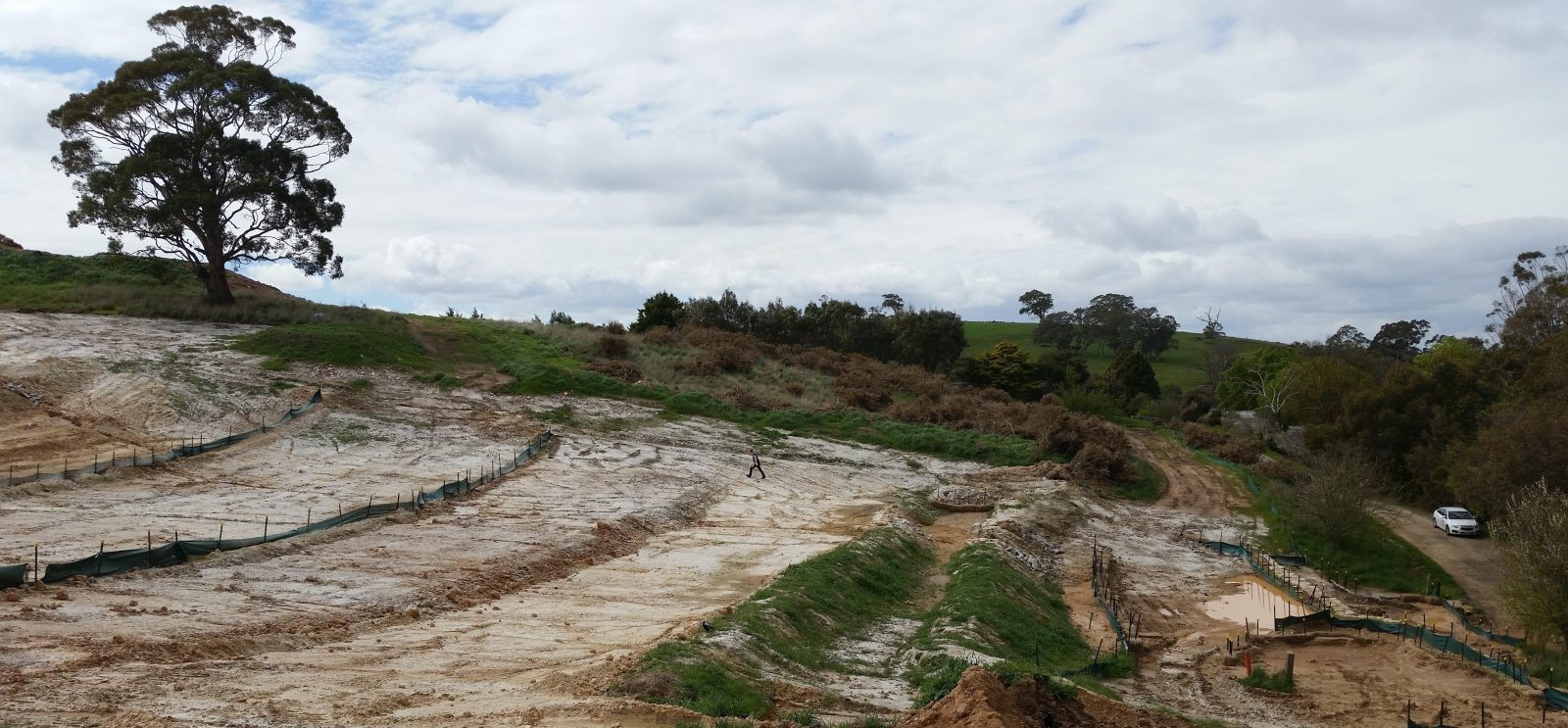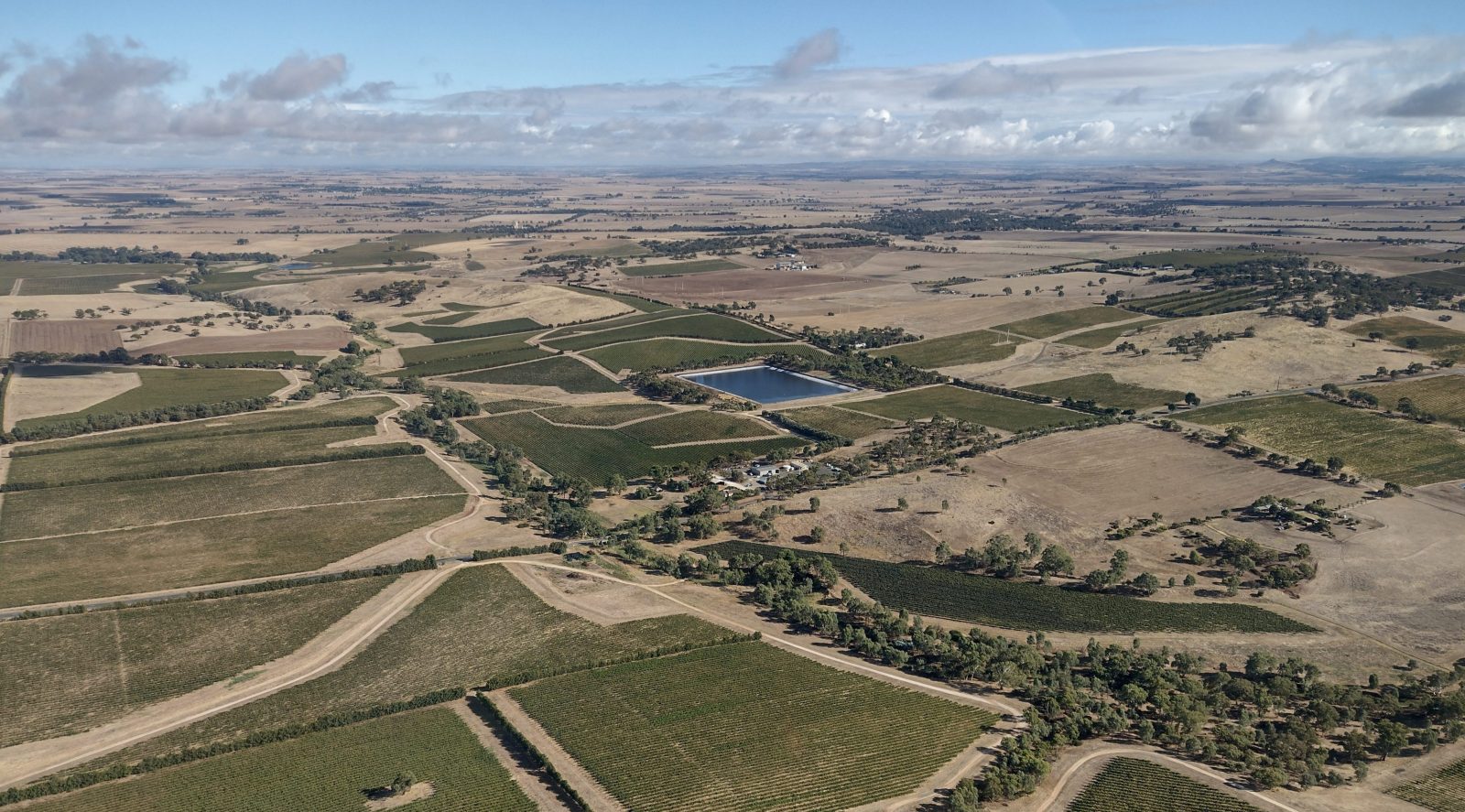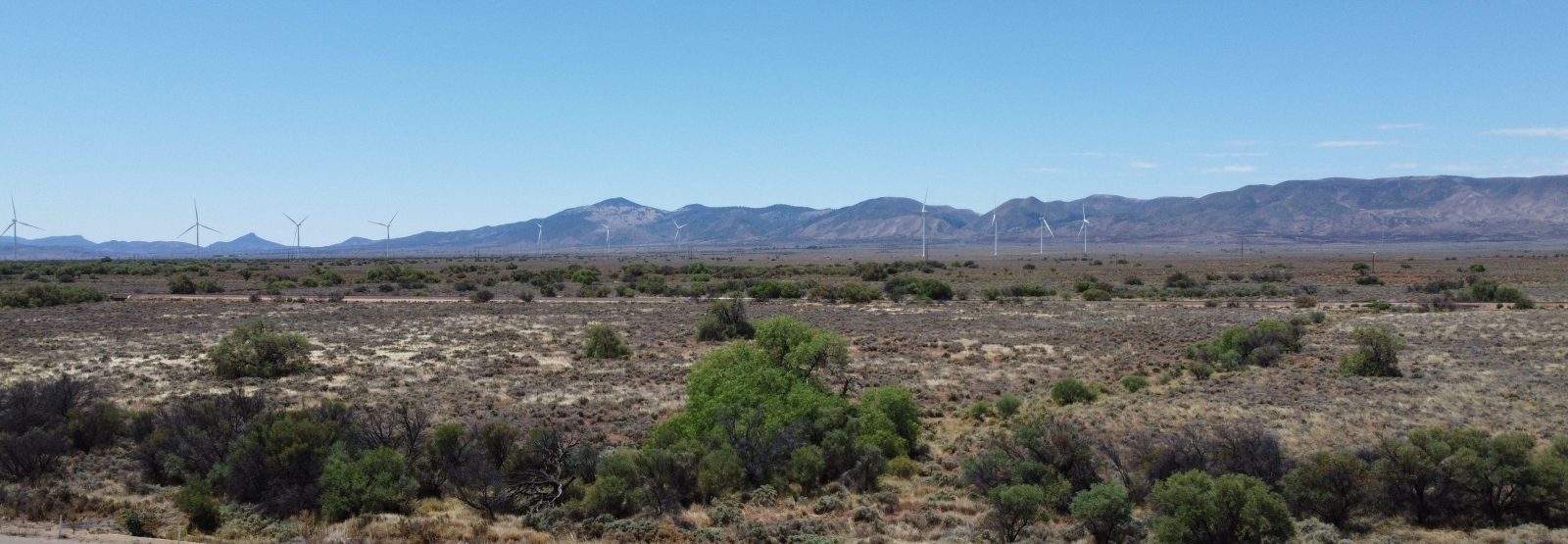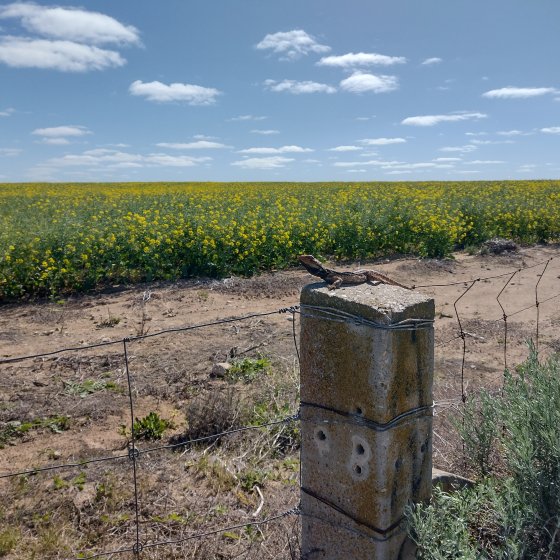- Home
- Environmental Themes
- Land
- Pressures and Responses
- Habitat Modification
Habitat Modification
Urban Development
Pressures
- Urban development and infill from the construction of additional housing to support an expanding population.
- Creating smaller allotments in areas over time may reduce the median allotment size of the area, thus enabling owners to subdivide their properties when previously this could not occur.
Impacts
- Encroachment of developments onto farming land.
- Baring of land for development can lead to soil erosion.
- Loss or fragmentation of habitat to support biodiversity.
- Light pollution may impact behaviour of native species.
Responses
- Conditions applied as part of development assessment and approval system across South Australia.
- Planning and Design Code specifies that when subdividing, allotments in the Adelaide Hills subzone must be greater than 2,000 m2 or the median allotment size within 200 m of the property’s centre prior to division, whichever is greater.
Opportunities
- Develop policy to strengthen land division requirements that considers protection of natural habitat and biodiversity corridors.
- Identification and protection of land that will respond best to rewilding and regeneration.

Further reading
Primary Production
Pressures
- Historic native vegetation clearance for agriculture.
- Changes in vegetation, for example, planting crops, pastures and forests.
- Continuing small-scale clearing, for example, roadside vegetation by landholders.
Impacts
- Loss and fragmentation of native vegetation due to clearance. Vegetation clearance can cause decreases in habitat as well as loss of biodiversity, which reduces the capacity of the land to absorb and store carbon and increases the risks of pollutants reaching nearby waters including groundwater.
- Increased erosion of soils from land clearance.
- Planting of shallow-rooted annual crops and pastures can cause dryland salinity. Approximately 1.5 million hectares of cleared agricultural land in South Australia is affected by dryland salinity to some degree, particularly in the Upper South East of the state.
- Changes in soil structure and composition.
Responses
- Assessment and regulation of native vegetation clearance by the Native Vegetation Council. In 2022, 232 applications were received by the Native Vegetation Council with 776 hectares of approvals granted).
- The South Australian Government has provided $6 million to support Native Vegetation Heritage Agreement applications on private property.
- Encouragement of retention, for example, via Native Vegetation Heritage Agreements, to protect and help fund native vegetation retention and management: Department for Environment and Water – Heritage Agreement Application.
- Cessation of broadscale clearing in 1990s.
- Monitoring of land salinity by DEW.
- Forestry SA are working on establishing biodiversity corridors within their plantations at the Mount Lofty Ranges and Limestone Coast.
- A number of projects have been supported by the Agricultural Bureau of South Australia to improve soil health and productivity of agricultural land.
- PIRSA, the South Australian Research and Development Institute (SARDI), DEW and Landscape Boards are working with primary producers and pastoralists, including industry peak bodies, to support the implementation of sustainable agricultural practices and management of pastoral land. Some farmers are also adopting regenerative agriculture practices that focus on restoring and enhancing the health and vitality of ecosystems, soil and agriculture. The Hills and Fleurieu Sustainable Agriculture Team has worked with six local landholders who have applied regenerative agriculture principles on their properties to create six written and video case studies.
- Farming peak bodies (eg Ag Excellence Alliance), the Agricultural Bureau of SA, commercial agricultural advisory services and innovative landholders continue to develop and implement measures to improve the sustainability of their industries, supported by organisations such as PIRSA, SARDI and LSA.
- Improvement in agricultural farming practices, which has resulted in the steady decline of wind and water erosion in the agricultural areas of South Australia over the past 70 years.
Opportunities
- Further resourcing of programs to discourage native vegetation clearing.
- Facilitate capacity to detect illegal land clearance.
- Increase uptake of Native Vegetation Heritage Agreements.
- Increase conservation areas including Indigenous Protected Areas.
- Establishment of biodiversity corridors to maintain connectivity of habitats and support movement of species.
- Strengthen laws to protect trees.
- Facilitation and investment in restoration and rewilding programs.
- Restoration of native vegetation in farming areas.

Further reading
- Farmer’s Footprint Australia
- Grain Producers SA – Sustainability Baseline Report
- Wine Australia – SA leading sustainability down under
Renewable Energy
Pressures
- Construction of renewable energy infrastructure including wind farms and solar developments.
Impacts
- Land modification or clearing to build infrastructure, including destruction of native habitats, leading to a potential loss of biodiversity.
- Loss of visual amenity in rural areas and tourism regions.
- Risk to native birds, in particular raptors, and bats from wind turbines.
- Impacts on liveability of nearby residential areas including potential impacts from noise, amenity and interference with radio and television signals.
- Solar infrastructure leading to shading of land from sun and potentially rainfall.
Responses
- Development approval is required for renewable energy projects.
- DEM has developed a wind farm planning policy that specifies zones and requirements for development of wind farms. The EPA has also produced a guideline for wind farm noise.
Opportunities
- Investigation and implementation of alternative technologies such as carbon capture and storage, and hydrogen production will give South Australia a competitive advantage and a low-cost pathway to meeting climate targets.
- Regulate speeds of turbines to reduce risk of strike impacts.

Further reading
- Native Vegetation State Planning Reform Fact Sheet – Information on the assessment requirements and process for native vegetation clearance associated with development applications.
